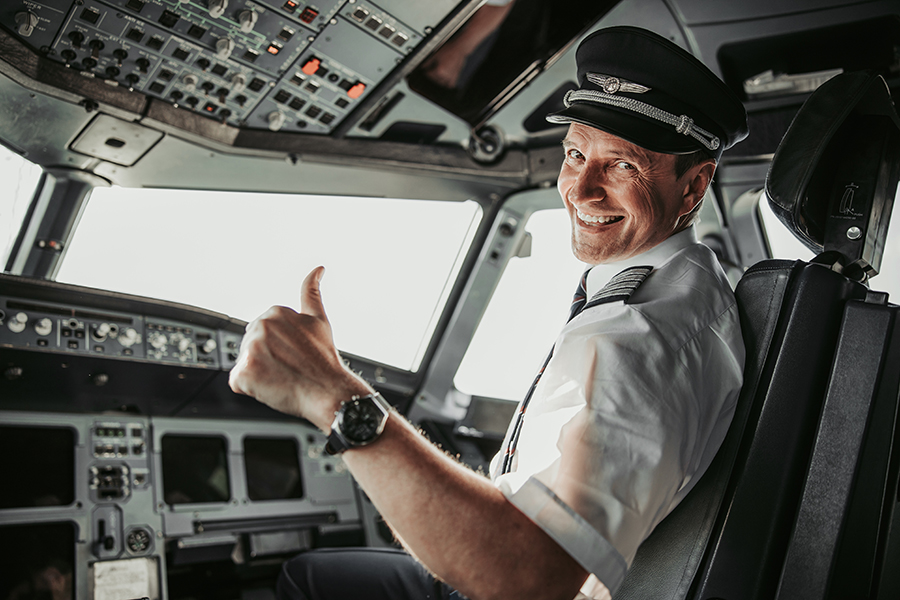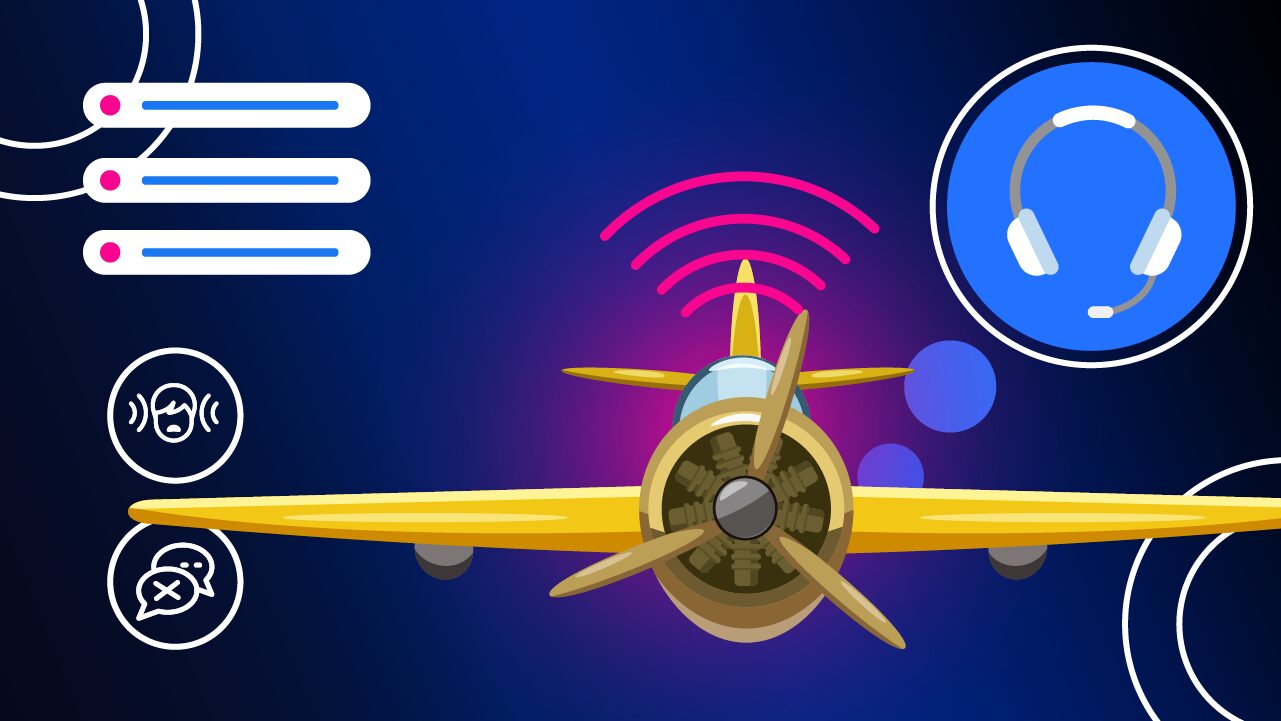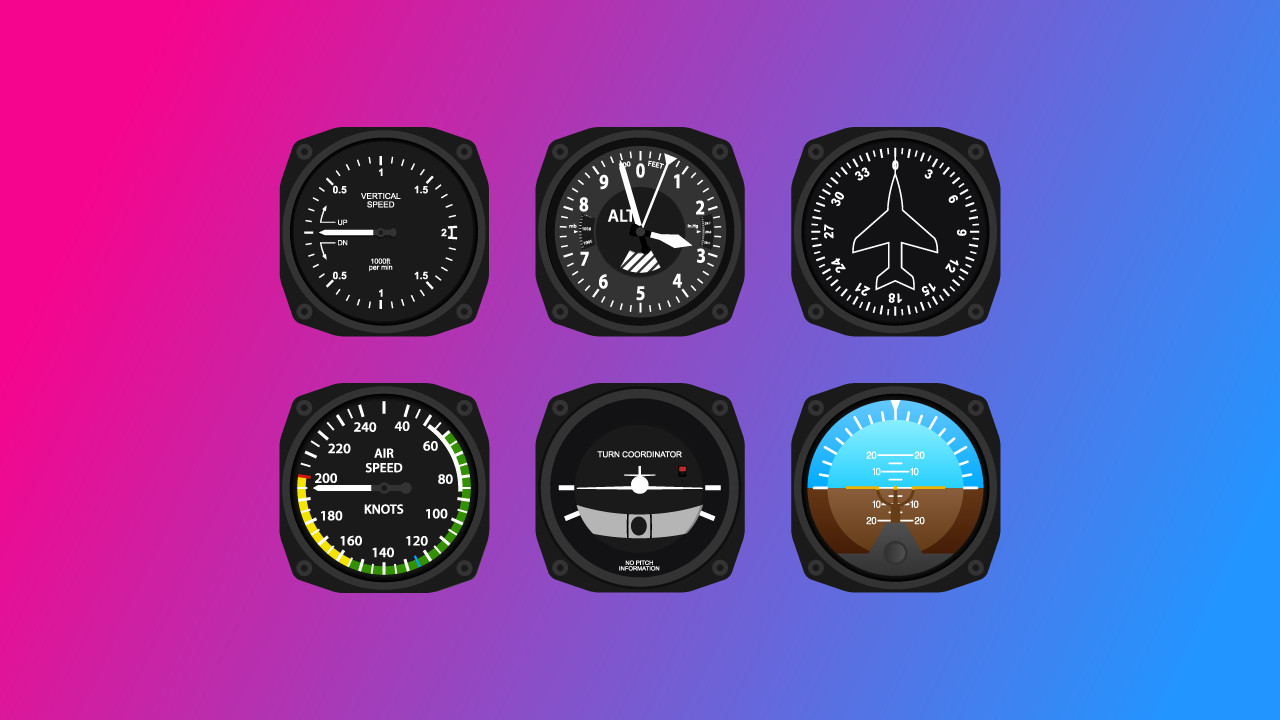-
What is “Currency”?
-
How to Remain Current
- Takeoffs and Landings
- Instrument Requirements
- Airplane News Update
- Flight Reviews
- Flight Simulators
- Medical
-
How to Become Current Again
- Renew Your Medical Certificate
- Undergo a Flight Review
- Significant Changes Since 2010
-
Can You Forget How to Fly?
-
Conclusion
Moving into 2022, demand for air travel remains suppressed due to the COVID-19 pandemic. While many pilots have returned to flying at least part-time, many are still unable to get back into the pilot seat. Furthermore, many professional aviators have transitioned from aviation into different fields while still holding valid licenses.
Consequently, particular focus needs to be placed on remaining current and competent during these times, particularly for those who are no longer professional pilots but would like to keep their licenses.
In the general aviation public, many pilots have cut back on the amount of flying they do in a given year. As private pilots tend to fly far less than professional pilots, they, too, are concerned about remaining current as travel restrictions enter their second year.
With over 500,000 inactive pilots in the United States alone, many aviators may want to refresh their knowledge of the currency requirements.
This article will explain what the current requirements are, how to remain current, and how to regain currency if it is lost.
What is “Currency”?
Currency refers to the rules that govern how much flying, training, and assessments a pilot must complete within a given time period. Currency rules may differ according to the type of license, type of aircraft, airline, and type of flight. The Federal Aviation Administration (FAA) sets and enforces these rules.
Generally speaking, the requirements are not too extensive and aren’t difficult to comply with. However, with the reduction in the amount of flying taking place, aviators are finding it challenging to meet even these basic requirements.
How to Remain Current
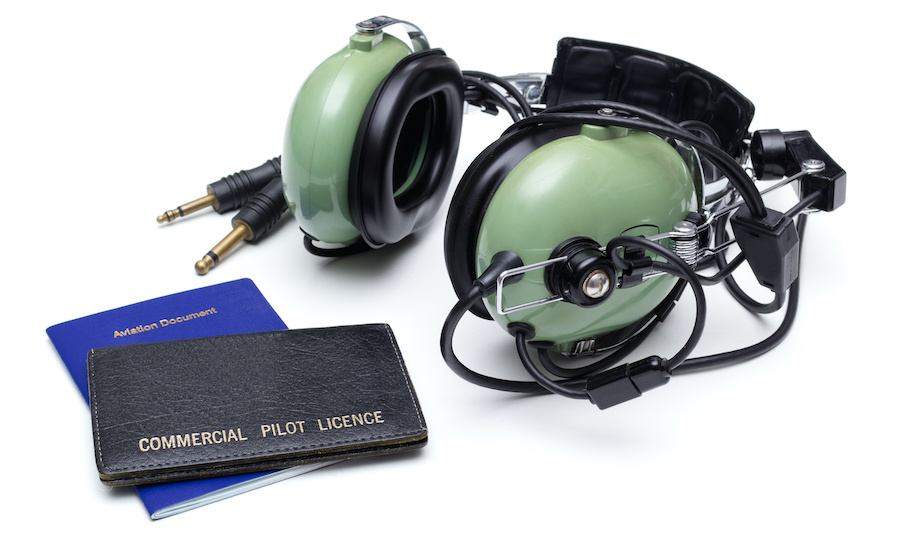
The requirements for remaining current reside in 14 CFR 61.57. If you are worried about the specifics of remaining current, it will be worth your time to read through 14 CFR 61.57. If you would rather avoid all the legal jargon, this article will simplify and explain the contents of 14 CFR 61.57.
Takeoffs and Landings
One of the primary rules of remaining current relates to takeoffs and landings, widely considered the most critical stages of flight.
To carry passengers or to operate an aircraft that is certified for more than one pilot, a pilot must have completed three takeoffs and landings within the previous 90 days in the same category, class, and type (if a type rating is required) of aircraft. If the aircraft is a tailwheel aircraft, the landings must be made to a full stop. The same requirement applies to flights at night.
Instrument Requirements
If you are instrument-rated and intend to operate under Instrument Flight Rules (IFR) conditions, you will need to satisfy additional requirements. Within the preceding six months, you need to perform (under actual or simulated IFR conditions) six instrument approaches, holding procedures, and intercept and track courses using navigation systems. If you have not satisfied these requirements, you have six months to do so, after which you will need to undergo an Instrument Proficiency Check (IPC) with a flight instructor. In other words, if you have not completed the aforementioned IFR requirements in the last 12 months, you will need to undergo an IPC.
Flight Reviews
Every 24 months a pilot must undergo a flight review with an instructor. This flight review consists of an hour of ground training and an hour of flight training. Flight reviews are discussed in detail later in this article.
Flight Simulators
All of these requirements are considered to be met if they are performed in a full flight simulator or a combination of a simulator and actual aircraft. In other words, a flight simulator that is approved for this use in a training center is certified under Part 142. The simulators approved for these currency requirements are generally full-motion simulators.
Medical
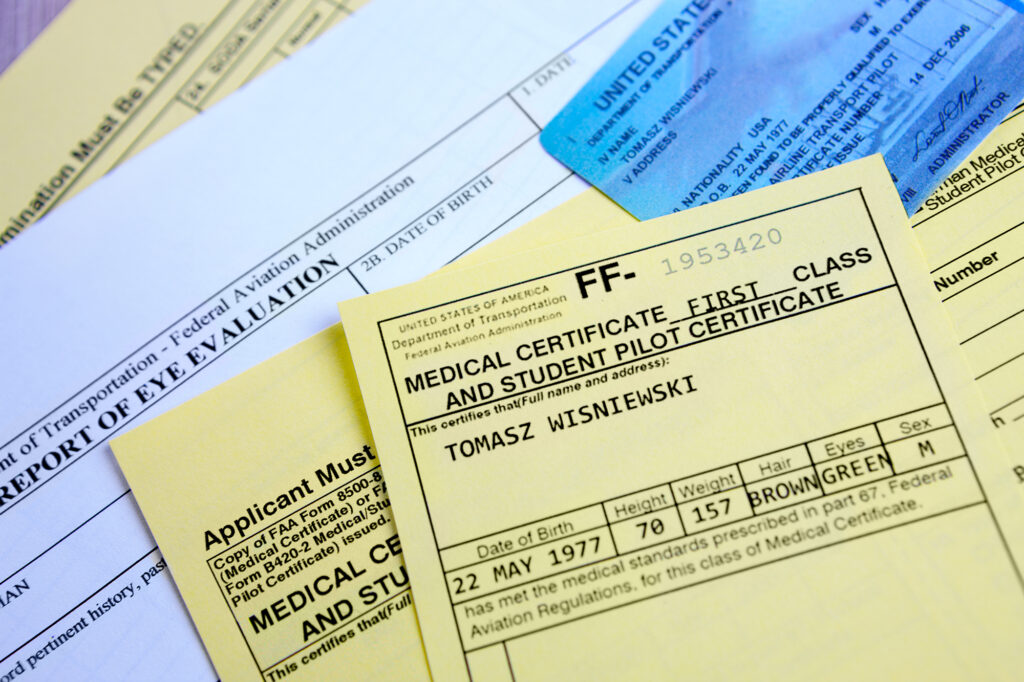
Medical certificates, which are issued by special doctors called Aviation Medical Examiners (AME), are required to exercise the privileges of your license.
The period of validity of your medical certificate will depend on the class of the license and whether you are over 40 years old.
Here is a breakdown of the periods of validity for the medical certificates:
- Under 40 years of age:
- Class 3: 60 months (5 years).
- Class 2: 12 months.
- Class 1: 12 months.
- Over 40 years of age:
- Class 3: 24 months.
- Class 2: 12 months.
- Class 1: 6 months.
If you possess a class one or class two medical certificate, it will downgrade to a lower-class certificate as it expires.
For a first-class medical certificate:
If you are under forty years of age when you undertake the medical exam:
- The first-class medical is valid for 12 months, followed thereafter by 12 months as a second class, followed by 36 months as a third class. (And therefore 60 months or 5 years in total)
If you are over forty years of age when you undertake the medical exam:
- The first-class medical is valid for six months, followed thereafter by 6 months as a second class, followed by 12 months as a third class. (And therefore 24 calendar months or 2 years in total)
And for a second-class medical certificate:
If you are under forty when you undertake the medical exam:
- The second-class medical will be valid for 12 months, followed thereafter by 48 more months (4 years) as a third-class medical (therefore 5 years in total).
If you are forty or older when you undertake the medical exam:
- The second-class medical will be valid for 12 months, followed thereafter by 12 more months as a third-class medical (therefore 2 years in total).
How to Become Current Again
If you’ve lost currency and want to become current again, you do not have to take another written exam or undergo a check ride with a Designated Pilot Examiner (DPE).
Below we’ve outlined the steps you need to take to get back into the pilot seat as Pilot in Command (PIC).
Renew Your Medical Certificate
The first step in becoming current again is to renew your medical certificate if it is no longer valid. You will find a list of accredited AMEs on the FAA’s website at “faa.gov/pilots/amelocator/”. Schedule an appointment with one of them and, if you meet the required medical standards, the AME will issue your medical certificate.
Undergo a Flight Review
The next step to becoming current is to undergo a flight review. This used to be called the Biennial Flight Review, but the process and regulations are still the same. The flight review is a minimum of 1 hour of flight training and 1 hour of ground training.
The amount of training required for a successful flight review will depend on how long your break from flying was. It is important to remember that the flight review is not a check ride, and there is no written test involved.
It is always a good idea to schedule extra time with an instructor to ensure that you are comfortable with the aircraft.
If you are IFR-rated and have not flown six instrument approaches (in simulated or actual IFR conditions) within the last 12 months, you will have to undergo an Instrument Proficiency Check (IPC), as mentioned earlier.
Significant Changes Since 2010
If you haven’t flown for more than ten years, you should take the time to examine some of the following topics (in no particular order). These topics are new or have significantly evolved in the last 15 years:
- Electronic Flight Bags and Electronics in the Cockpit (E.g., iPads)
- Emergency Locator Transmitters (ELTs)
- Electronic Advance Passenger Information System (eAPIS)
- Re-registration of aircraft
- Automatic Dependent Surveillance-Broadcast (ADS-B)
- Logging Pilot in Command (PIC) time
- Photo ID requirements for pilots
- VFR waypoints
- Aircraft radio station licenses (only required for international flights)
- Sport Pilot Certificate and Light-Sport Aircraft
- Taxi clearances (can only cross one runway at a time)
- Part 61.109 – Solo time requirements
- Part 61.57 – Instrument currency
- Part 61.65 – Instrument rating requirements
- BasicMed
- Electronic Flight Information System (EFIS) (i.e., glass cockpits)
Can You Forget How to Fly?
Many pilots who haven’t been behind the controls for an extended period of time may be concerned about “forgetting everything”.
The good news is, apart from more complex procedures and radio work that will require some extra studying, you will not forget how to fly.
The principles of flight are the most difficult concepts for student pilots to learn when they commence their training. Once these principles have been learned and the “stick and rudder” skills imprinted into their brains, it will be difficult to completely forget – like riding a sophisticated (and expensive) bicycle.
Conclusion
Don’t let an extended break from aviation prevent you from ever flying again. Getting back into the pilot seat only requires a little bit of study and paperwork.
Remember that just because you meet the minimum requirements doesn’t mean that you are necessarily safe to fly. One of the most critical skills pilots must have is the ability to understand their limits. If you have any doubt about your proficiency, schedule additional training time with an instructor. Also, keep in mind that self-study can be equally valuable in getting you back into the groove of aviation.
